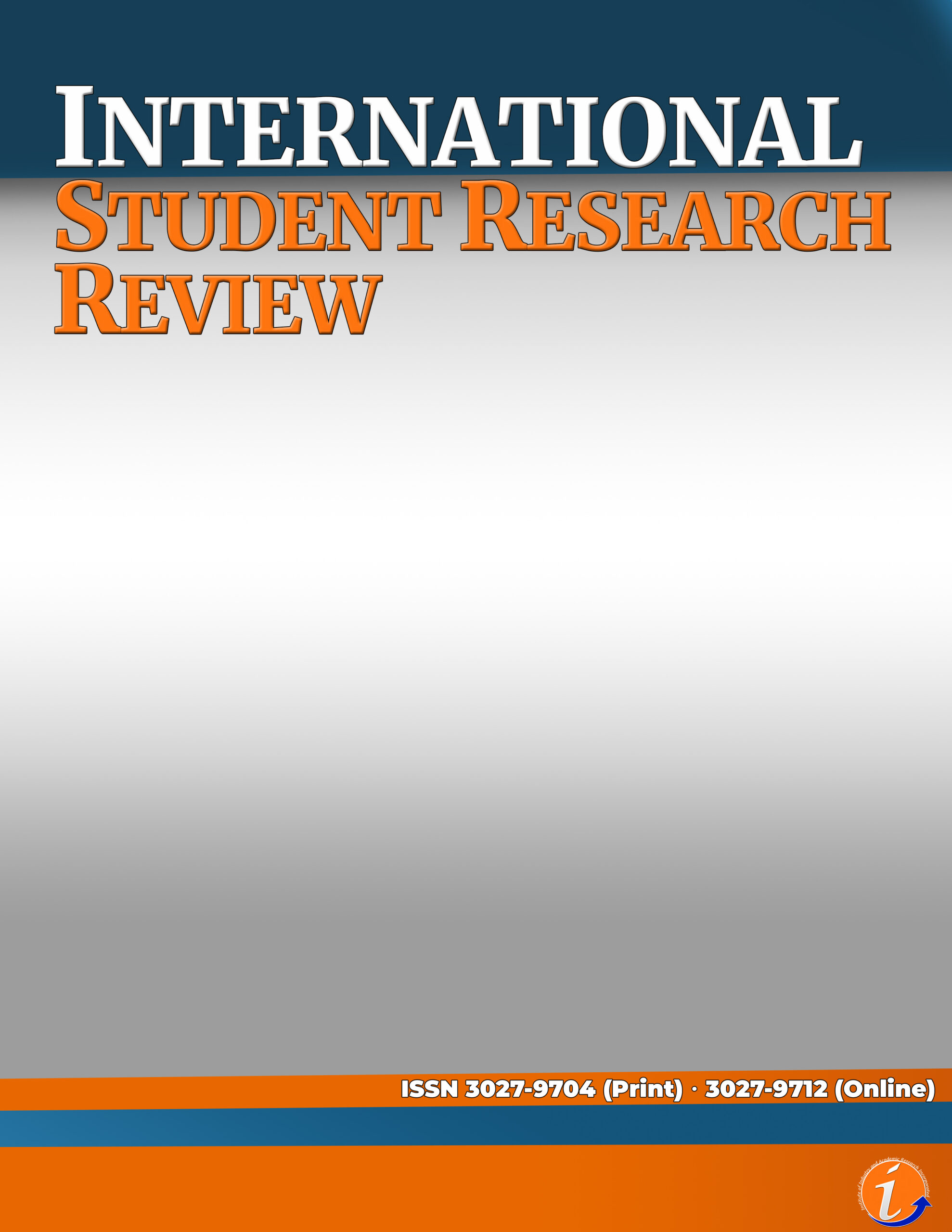Rauwolfia Serpentina (Serpentina) and Peperomia Pellucida (Pansit-pansitan) were used as the raw materials for creating different mixtures of both plants to determine which concentration will be faster in exterminating Rhipicephalus sanguineus Latrille. The leaves were boiled to get the essence, which in turn was used for the creation of the spray mixtures itself. The variants of the concentration in regards to the ratio Serpentina/Pansit-pansitan are: Mixture 1: 50%/50%, Mixture 2: 75%/25% and Mixture 3: 25%/75%. Upon the testing, it was recorded that the Mixture 1 had the results of 1.5 hrs (sprayed once), 1.33 hrs (sprayed twice) and 1.25 hrs (sprayed thrice). Mixture 2 had the results of 3.5 hrs (sprayed once), 3.42 hrs (sprayed twice) and 3.33 hrs (sprayed thrice). Mixture 3 had the results of 1.5 hrs (sprayed once), 1.42 hrs (sprayed twice) and 1.33 hrs (sprayed thrice). Considering these results, it is noted that Mixture 1 and Mixture 3 almost had the same results, if not for the few time differences. Mixture 1 was always minutes faster than Mixture 3, while Mixture 2 was left behind a few hours. Therefore, Mixture 1 is the fastest of all mixtures to exterminate the ticks in a controlled environment.
Serpentina, Pansit-Pansitan, Ticks, Antiparasitic
This paper is presented in 2nd International Research Competition 2022
Akinnibosun H.A., Akinnibosun F.I., German B.E. (2008). Antibacterial activity of aqueous and ethanolic leaf extracts of Peperomia pellucida (l.) H. B. & K. (piperaceae) on three gram-negative bacteria isolates. Science World Journal, Vol 3 No 4
A.O. Ogunmoye, I. A. Oladosu, O. C. Atewolara-Odule, O. O. Olubomehin, I. B. Onajobi, S. Tijani (2018). Antimicrobial activities of Essential Oils from Peperomia pellucida (Linn.) Leaf obtained in Nigeria. J. Chem Soc. Nigeria, Vol. 43, No. 4, pp 872 -878
Apatas, Cauan, & Malazo, (2020). Secondary metabolite composition & Anti-inflammatory potential of Pansit-pansitan (Peperomia pellucida Linn): An indigenous vegetable. Retrieved April 19, 2021 from https://www.innspub.net/wp content/uploads/2020/10/IJB-Vol-17-No-2-p-278-284.pdf
Azmi, M. & Qureshi, S. (2012). Methanolic Root Extract of Rauwolfia serpentina Benth Improves the Glycemic, Antiatherogenic, and Cardioprotective Indices in Alloxan Induced Diabetic Mice. Advances in Pharmacological and Pharmaceutical Sciences, Volume 2012. https://doi.org/10.1155/2012/376429
Bojo, Garcia, & Pocsidio (1994). The antibacterial activity of Peperomia pellucida (L.), HBK, Family Piperaceae. Asia Life Sciences (Philippines)
Chauhan, Kaur, & Pareek (2017). Pharmacobotanical and pharmacological evaluation of ayurvedic crude drug: Rauwolfia serpentina (Apocynaceae). International Journal of Green Pharmacy, 11 (4)
De Guzman, C.C. (1999). Hydroponic culture of pansit-pansitan [Peperomia pellucida]. Retrieved April 27, 2021 from https://agris.fao.org/agris search/search.do?recordID=PH2000100522
J.S. Negi, VK Bisht, A. K. Bhandari, D. S. Bisht, P. Singh & N. Singh (2013). Quantification of reserpine content and antibacterial activity of Rauvolfia serpentina (L.). African Journal of Microbiology Research. Vol. 8(2), pp. 162-166, 8 January, 2014. DOI: 10.5897/AJMR2013.5847
Khan, M. R., & Omoloso, A. D. (2002). Antibacterial activity of Hygrophila stricta and Peperomia pellucida. Fitoterapia, 73(3), 251–254. https://doi.org/10.1016/s0367-326x(02)00066-7
Kumari, R. & Rani, B. (2013). Rauvolfia serpentina L. Benth. ex Kurz.: Phytochemical, Pharmacological and Therapeutic Aspects. Int. J. Pharm. Sci. Rev. Res., 23(2), Nov – Dec 2013; No. 56, 348-355
Manuel, J., Raman, M. & Ryan, K. (2017). A tiny tick can cause a big health problem. Indian Journal of Ophthalmology. Volume 65 – Issue 11 – p 1228-1232. doi: 10.4103/ijo.IJO_411_17
Orkin, LLC. (2021). Brown Dog Tick Facts. Retrieved April 27, 2021 from https://www.orkin.com/other/ticks/brown-dogticks#:~:text=Brown%20dog%20 ticks%20may%20 transmit,known%20carriers% 20of%20Lyme%20disease
Singh, S., Verma, M., Ranjan, A. & Singh, R. (2016). Antibacterial Activity and Preliminary Phytochemical Screening of Endophytic Fungal Extract of Rauvolfia serpentina. The Open Conference Proceedings Journal, 2016, 7, 104-113
Sharanabasappa, P. & Shruti, B. (2015). Antimicrobial Screening of Various Extracts of Rauvolfia Serpentina. International Advanced Research Journal in Science, Engineering and Technology, Vol. 2, Issue 7.
Upadhyay, D. & Singh, K. (2009). Bioevaluation of antibacterial potential of Sarpgandha (Rauwolfia serpentina). Environment Conservation Journal 2009, Vol.10 No.1/2 pp.109-111 ref.7
Wei, L. S., Wee, W., Siong, J. Y., & Syamsumir, D. F. (2011). Characterization of anticancer, antimicrobial, antioxidant properties and chemical compositions of Peperomia pellucida leaf extract. Acta medica Iranica, 49(10), 670–674.
Cite this article:
Bhatti, M. & Hugo, M. (2022). Rauvolfia Serpentina and Peperomia Pellucida as an Antiparasitic Spray Against Rhipicephalus Sanguineus Latreille. The Research Probe, Volume 2 Issue 2, pp. 14 - 19.
License:
![]()
This work is licensed under a Creative Commons Attribution (CC BY 4.0) International License.













